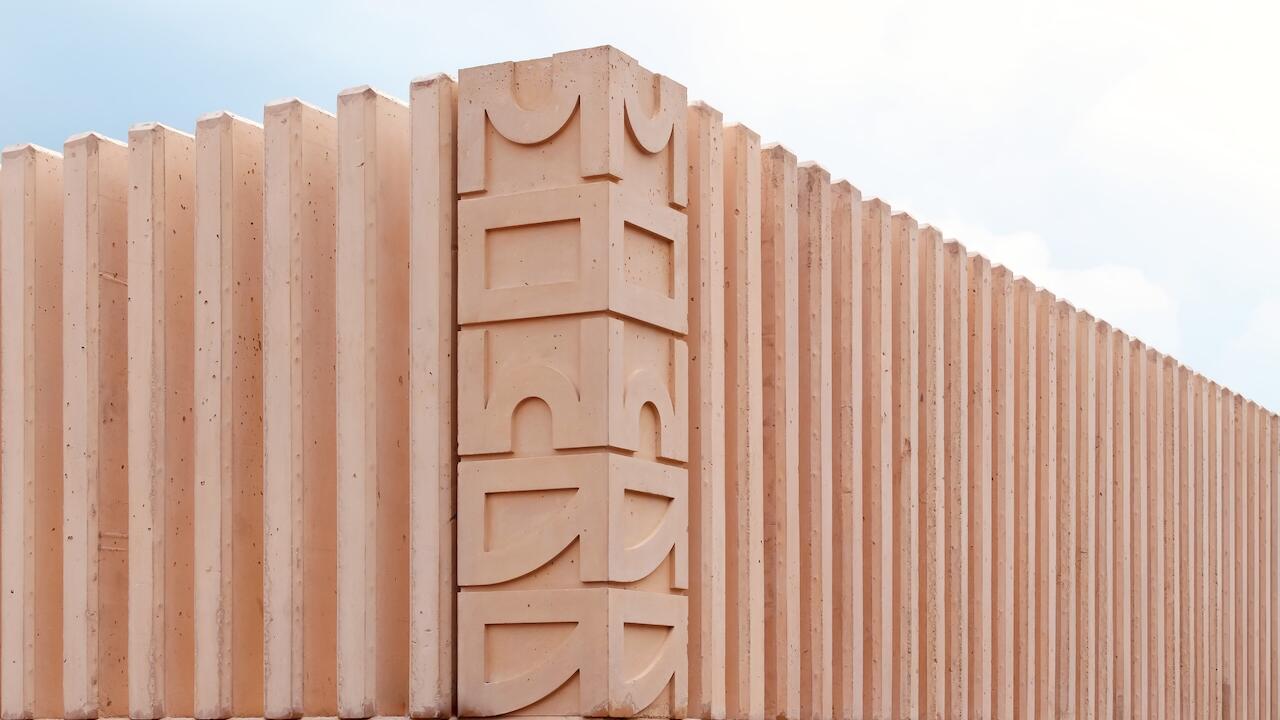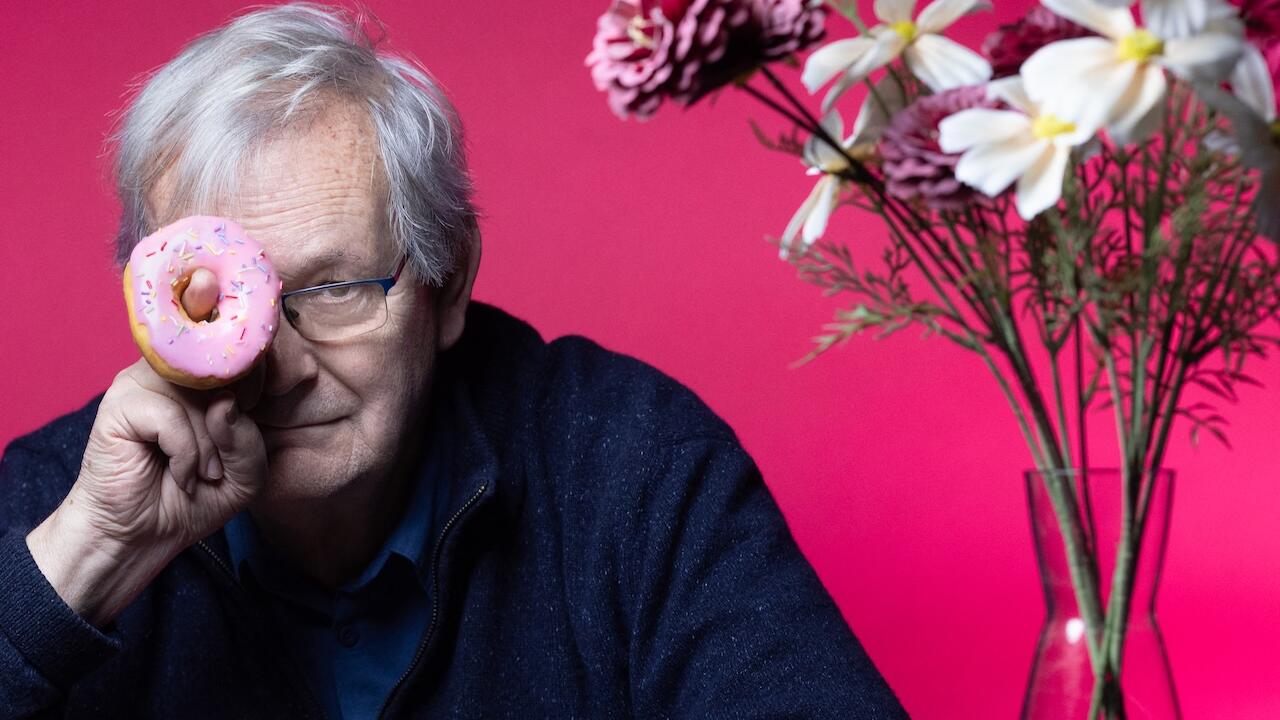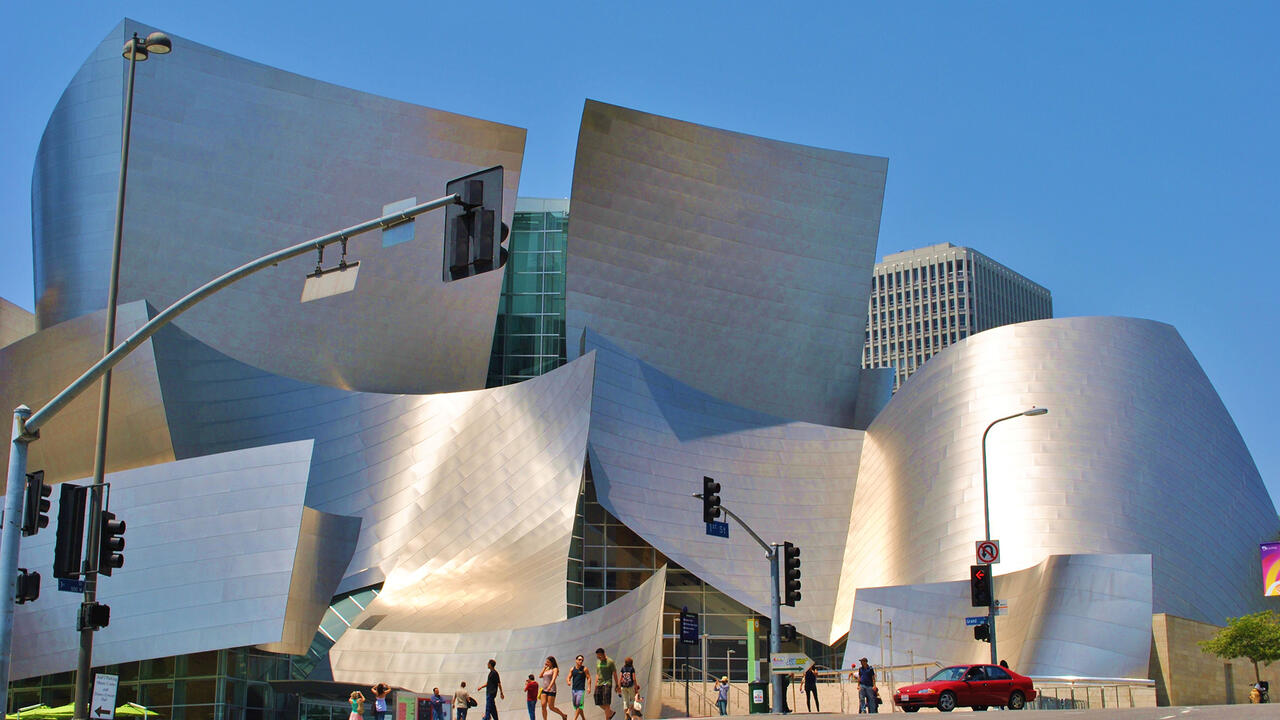Debate: Tolerance
Tolerance is the basic prerequisite for a humane society. Have its goals become confused?
Tolerance is the basic prerequisite for a humane society. Have its goals become confused?
Roland Kapferer
When I hear the word ‘tolerance’, I reach for my critical theory. In 1969, at the height of the war in Vietnam, Robert Paul Wolff, Barrington Moore Jr and Herbert Marcuse published A Critique of Pure Tolerance, a series of arguments for a properly dialectical account of tolerance in society that is still an essential reference for any debate on the issue. In his brilliant chapter on ‘repressive tolerance’ Marcuse makes the claim for a partisan tolerance, or one that takes sides in the face of an abstract, indiscriminate and pure tolerance. The goal of tolerance is an end in itself and is the basic prerequisite for a humane society. But, he claimed, American society was far from humane and practised a destructive ‘benevolent tolerance’ that had turned into a form of tyranny. Instead of being an active force directed to the liberation of human beings from oppression, tolerance in America had become the legitimating ideology of a grossly unjust, intolerant and super-violent state. The awesome terror rained down on peasant villages in Vietnam was not to be tolerated. The passive laissez-faire system of corporate greed and public infantilism was not to be tolerated. The American government was not to be tolerated. These were fighting words.
In the context of this fight critical theorists asked what effect this destructively tolerant society was having on artistic practice. Theodor Adorno argued that art was becoming increasingly cut off and alienated from its critical relation to society. Art had become a social lubricant, a ‘tolerated negativity’ – a compliant and tame cog in the wheels of a total administrative system. Adorno bemoaned the separation and compartmentalization of art as a cultural activity, a ‘bit of culture’, safely separated off in sublime uselessness from everyday existence. Art had lost its vital relation to society; it was no longer politically relevant.
Now we could go down the critical theory road. God knows, many of today’s ‘concept stars’ are doing so. Slavoj Zizek, who has virtually made a career out of quoting bits of Adorno, makes repeated pleas for intolerance in a tolerant and post-political society, regularly referring to the ‘Sensation’ exhibition at London’s Royal Academy as an example of fully integrated establishment art. Another favourite on the circuit, Jacques Rancière, busily mines the rich Adorno seam in his book The Politics of Aesthetics (2004). At a less high-theoretical level Julian Stallabrass has published a book (Art Incorporated, 2004) about contemporary art firmly based within the framework laid out by Adorno. And so on …
But I don’t think this is the way to go. I want to question the all too easy dialectical formulas and simple economistic and sociologistic reductions. As accurate and pointed as this criticism often is, I think that it misses something fundamental about the very nature of art and the essence of aesthetics. Yes, of course, art is made under economic conditions and is inextricably tied to market forces, but it is not reducible to these. This is not what is most interesting about it. Not by a long way. No doubt art is made in social worlds but – and this is absolutely essential – it also moves beyond these worlds. Many of the debates about contemporary art are framed in an increasingly socialized and politicized context. And artists today are certainly concerned to engage with questions of culture and society. Nicolas Bourriaud’s notion of ‘relational aesthetics’ has caught something that is in the air. The practices of Erik van Lieshout, Jens Haaning and Tino Sehgal, to mention only a few, testify to an urge on the part of artists to work with social relations and push at the limits of emergent social and political structures. In the wider public sphere, the ritual slaughter of the Dutch filmmaker Theo van Gogh reveals the extremes to which this politicization can lead.
When artists make art they are entering into the most basic aesthetic construction of reality, conjuring entirely different orders from the everyday. However, this realm is not to be understood as ideal or transcendent. It is much more complex than this. Artists work with the sensible and the empirical in the most intense way. Closely bound to the contours of human existence, art is a kind of magnification or slowing down of its chaos.
Any attempt to constrain artists and force them to retreat in the face of grim realities is thus totally misguided. The discourse on the limits of tolerance in today’s context is managerial, bureaucratic in the extreme, and anathema to creativity. Art that would be controlled, managed and neutralized in this way would no longer be art. Today, in the neo-liberal atmosphere of terror laws and ‘zero tolerance’, it is essential that artists be allowed to continue to explore the limits and ultimate possibilities of human existence.
Ronald Jones
The overall social effects the modern arts have on the world are most often bestowed by risk-free, pre-packed forms such as the Christos’ saffron-coloured gates. So negligible or intangible have any other effects been that when Mohammed Bouyeri murdered filmmaker Theo van Gogh the world was not only offended but shocked that art was the cause of it. But of course it wasn’t; just as when the Ayatollah Ruhollah Khomeini issued his fatwa against Salman Rushdie, Bouyeri murdered van Gogh for having committed blasphemy, not art. Van Gogh, a slippery polemical populist played the antagonist to the Dutch ideal of tolerance; his repeated slurring of Muslims as ‘goatfuckers’ hardly rendered him the benevolent multiculturalist. While the majority saw his film Submission: Part 1 (2004) as an agonizing appeal to basic human rights for Muslim women, Bouyeri registered only the sacrilege of an infidel. Van Gogh’s murder was not about the power of art but about the power of religion; it is the dreadful abuse of women that survives.
Multiculturalism, the harbinger of cultural democracy in late modern societies, has been valuable in shaping a country’s identity. A democratizing process, its heart was in cultivating a Utopian mélange that would make art legible in outward motions of equitable inclusion. Like all movements, it has had its fair share of use and abuse. In its wake Postmodernist relativism spawned culture wars and sprung what Cornel West righteously called the traps of tribalism, but most worrying is its conscription as a criticism-free asylum shielding art for no more obvious reason than for representing ‘the other’ irregardless of how cheeky that may be, as when V.S. Naipaul described Khomeini’s fatwa against Rushdie as ‘an extreme form of literary criticism’. I wonder how much thought Khomeini gave to literary criticism.
In 1989, a year after Khomeini sentenced Rushdie to death for having written The Satanic Verses (1998) the author declared ‘What is freedom of expression? Without the freedom to offend, it ceases to exist.’ Is this the point? Is it even true? In the aftermath of the fatwa Rushdie attempted to disarm religious absolutism with the sanctimoniousness of secular pluralism, missing the fact that Khomeini’s argument with him was about his deism not about the quality of his writing, a distinction noted by Naguib Mahfouz, the winner of the 1988 Nobel Prize for Literature, who wrote that Rushdie did not have ‘the right to insult anything, especially a prophet or anything considered holy’. By contrast, the secular West so reveres artistic freedom that the art world rarely sees its own altruistic relativism in relativistic terms, a fact noted by Peter Medawar, who wrote in the New York Review of Books that ‘any suggestion that an author should not write exactly as he pleases no matter what the offence he causes or what damage he does is greeted by cries of dismay and warnings that any such action would inflict irreparable damage on the human spirit and stifle forever more the creative afflatus’.
Expect that artistic expression is no longer risk-free when it encroaches on religious or other freedoms. ‘It is the same thing as with that film in Holland and he who did it got what he deserved’, read one petrifying threat received at the Museum of World Culture in Gothenburg, in Sweden, after Louzla Darabi’s Scène d’amour (2003) appeared in an exhibition on HIV/AIDS. Darabi, who is a Muslim, painted a stylized, if ham-fisted, vision of heterosexual love, inscribed with Koranic verses. Its inclusion in the exhibition duly underscored the possibility that Muslim attitudes towards sex, repressed by Western standards, would probably fail to abate the rising numbers of HIV/AIDS cases in Muslim countries, especially among women. The museum director gave in to what amounts to terrorism and removed the painting.
The jurisdiction of conflicts between cultural, religious, social and political freedoms is an unforgiving maze of competing interests, where enough artists follow Rushdie’s lead, crouching behind the slumping barricades of free speech and cultural tolerance, perfecting their effete privilege to scandalize. That is no longer enough when everyone else is playing for keeps, fairly expecting that art’s content should justify its scandals. A Russian court has just convicted the director and curator of the Andrei Sakharov Museum for inciting religious hatred, ruling that the ‘Caution! Religion’ exhibition was ‘openly insulting and blasphemous’. The retribution that terrorists threaten to exact for sacrilege is much higher. With freedom of speech less and less likely to trump other rival freedoms, and as artists stand idly by, judges, museum officials, politicians and terrorists prescribe the terms of the artists’ relationship to the dominant culture, mostly rendering them in the unflatteringly shades of an ahistorical avant-garde, as ‘transgressors without portfolio’. If artists wish to participate meaningfully in reforming our political, social, economic and cultural future, they will have to conceive of a way to evade representation by the dominant culture as the ‘transgressor’; otherwise, they must quietly accept their assignment as pseudo-radicals, the spokespersons for cultural tolerance. What other options exist?
Compared to the arts, the sciences are accustomed to risk. In 1974 the National Academy of Sciences, charged with examining the threats associated with recombinant DNA research, recommended that certain experiments should be voluntarily deferred for ethical reasons, and they were. Four years later, underlining that moral obligation, Nobel prizewinner David Baltimore wrote an article on ‘The Limits of Science’, in which he upheld the right of a scientist to free discovery, or the creative contemplation of pure science, but with the caveat that restrictions might apply to its application. ‘I want to make a crucial distinction’, Baltimore wrote; ‘the arguments for [unrestrained freedom] pertain to basic scientific research, not to the technological applications of science. As we go from the fundamental to the applied, my arguments fall away.’ Is it odd that Baltimore’s distinction between the contemplation and application of knowledge seems irrelevant, even repugnant, to the modern arts? Beyond the exceptional examples of van Gogh’s film and Rushdie’s novel – each examples of religious, not artistic, transgression – why do artists produce so few works necessary of being tested by the ethics that might cause them to be deferred? Ironically, that artists will tolerate no limitation on the application of their creative work casts the discipline as weak, as it sits in relation to the sciences.





















